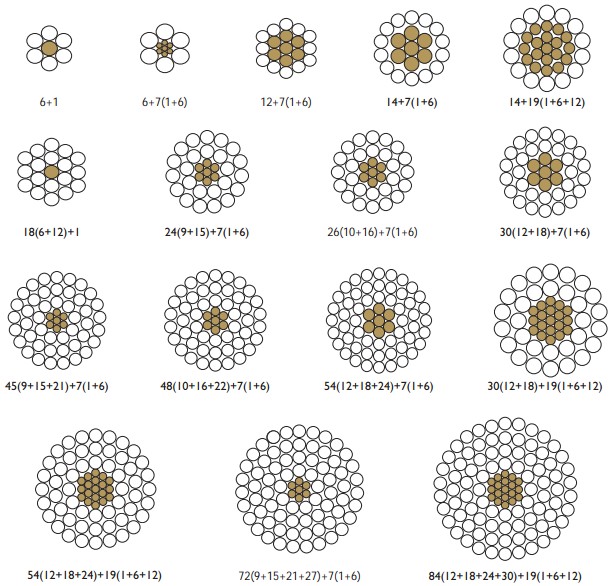High-Voltage Surge Arresters
protection of electrical equipments, surge arresters are the primary protection against atmospheric and switching over voltages. The typical lightning arrester has a high-voltage terminal and a ground terminal. When a lightning surge (or switching surge, which is very similar) travels along the power line to the arrester, the current from the surge is diverted through the arrester, in most cases to earth. If protection fails or is absent, lightning that strikes the electrical system introduces thousands of kilovolts that may damage the transmission lines, and can also cause severe damage to transformers and other electrical or electronic devices.
Different relevant standards exists for design and type tests like IEC 60099-4 , ANSI/IEEEC62.11 and other specific standards.
 Applications.
Applications.
1). Protection of AIS and GIS substation equipment
2). HVDC protection
3). Protection of series capacitor banks
4). Protection of cables
5). Protection of transmission lines
6). Polluted areas and areas with high seismic activities.
Types.
1). Silicone-housed surge arrester :-
A flexible type of arrester for line discharge class 2 to 5 and system voltage up to 550 kV.
2). Composite-housed surge arrester :-
A high strength arrester for line discharge class 3 to 5 and system voltage up to 800 kV.
3). Porcelain-housed surge arrester :-
A high strength arrester family for line discharge class 2 to 5 and system voltage up to 800 kV.
Other Types
Horn Gap Arresters
 Horn gap arresters are named for their two horn-shaped metal rods. These rods are arranged around a small air gap, and the distance between the two rods increases as they rise
Horn gap arresters are named for their two horn-shaped metal rods. These rods are arranged around a small air gap, and the distance between the two rods increases as they rise Multi-Gap Arresters
Multi-gap arresters are made from a series of metal cylinders. These cylinders are all insulated from one another as well as separated by air gaps. The first cylinder gets connected to the electrical line, while all of the other cylinders are attached to the ground through a series resistance, which gradually wears down the power of the current. Some of the gaps between the later cylinders have a shunt resistance that catches a surge when there is an excess of voltage.
Valve-Type Arresters
Valve-type arresters are commonly used in more high-powered electrical systems. They consists of two main parts: a series of spark gaps and a series of non-linear resistor discs. Valve-type arresters work when excessive voltage causes the spark gaps to touch, and the non-linear resisters carry the voltage into the ground. Once the surge of excess power ends, the resisters push the spark gaps apart.Brief performance data of Typical Lightning Arresters
| System voltage | kV | 72 - 145 | 24 - 170 | 52 - 420 | 52 - 420 | 300 - 550 |
| Rated voltage | kV | 75 - 120 | 18 - 144 | 42 - 360 | 42 - 360 | 228 - 444 |
| Nominal discharge current | kApeak | 10 | 10 | 10 | 20 | 20 |
| Line discharge class | Class | 2 | 2 | 3 | 4 | 4 |
| Mechanical strength (SSL) | Nm | 1 300 | 1 600 | 4 000 | 4 000 | 9 000 |
Building Blocks
The most important component for the surge arresters is the ZnO blocks, the varistors. Stacked in the center of the surge arrester, the varistor is the heart of the surge arrester. The varistor consist of a mix of zink oxide and other metallic powders that are blended and pressed into cylindrical blocks.
Typical type tests performed for different size of ZnO varistor.
Tests on ZnO blocks
Energy withstand test on all blocks - The blocks pass three energy test cycles with cooling in-between. In each cycle, the injected energy is far in excess of the single impulse energy capability.
Classification of all blocks
 Visual inspection and classification of the blocks at 1 mA (d.c.) and 10 kA (8/20 μs) and the residual voltages are printed on each block together with a batch identification.
Visual inspection and classification of the blocks at 1 mA (d.c.) and 10 kA (8/20 μs) and the residual voltages are printed on each block together with a batch identification.Accelerated life tests on samples
Here power losses after 1 000 hours is calculated from a test with shorter duration (approximately 300 hours) at an elevated temperature of 115 °C at 1.05 times Uc shall not exceed the losses at start of the test.
Impulse current tests on samples
Blocks are subjected to high current impulses (4/10 μs) and long duration current impulses (2 500 μs) of amplitudes verifying catalogue data.


















